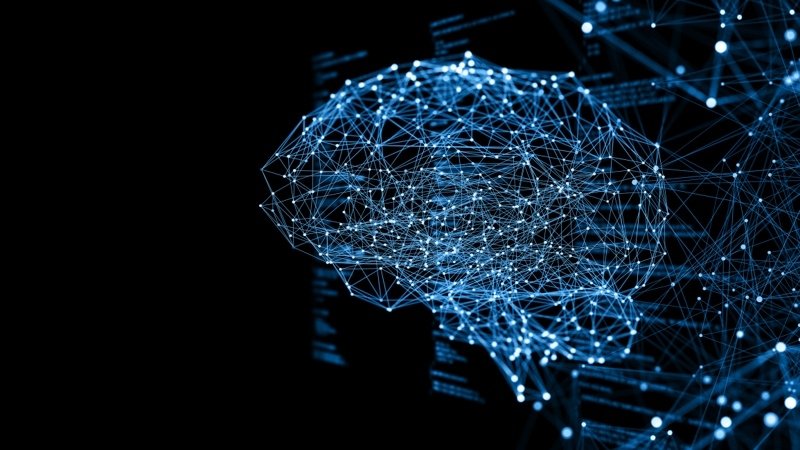Neurostimulation is a powerful tool that is already being used to treat chronic pain, anxious depression, overactive bladder and more by sending electrical pulses to areas of the brain linked to each condition.
Despite the technology’s proven success, however, it only works if the correct areas of the brain are stimulated—a task often easier said than done.
To provide a map showing the way forward, the Mayo Clinic and Google Research’s Brain Team are developing a new type of artificial intelligence algorithm to chart out the neural connections spanning each region of the brain.
Using a technique dubbed “basis profile curve identification,” the algorithm goes deeper than traditional methods, where researchers monitor all regions of the brain for widespread reactions to electrical pulses sent to just one area at a time. That method is limited by the difficulty of measuring potentially thousands of network interactions at once, many of which take complex, unique forms that can’t be measured by this “one-size-fits-all” framework.
Instead, the Mayo and Google researchers implanted an electrode array on the surface of the brain of a patient with a brain tumor. Before the tumor’s removal, the electrodes were repeatedly activated in short bursts. With each activation, the researchers collected anywhere from hundreds to thousands of data points indicating an individual impulse’s effects on certain regions of the brain.
From there, the AI algorithm was tasked with analyzing those thousands of interactions, characterizing them by their shapes and compiling them into a map of the web of connections across the entire brain.
This process was detailed in a study published this month in the journal PLOS Computational Biology, which also gives other scientists access to the new AI technique to apply it to their own neurological research projects.
“Our findings show that this new type of algorithm may help us understand which brain regions directly interact with one another, which in turn may help guide placement of electrodes for stimulating devices to treat network brain diseases,” said Kai Miller, M.D., Ph.D., the study’s lead author and a Mayo Clinic neurosurgeon.
“As new technology emerges, this type of algorithm may help us to better treat patients with epilepsy, movement disorders like Parkinson’s disease and psychiatric illnesses like obsessive compulsive disorder and depression,” Miller added.
The new algorithm is the latest product of Mayo and Google Research’s long-standing partnership. The duo originally teamed up in 2019, at which time the partners laid out a decade’s worth of research collaborations build around Google’s cloud computing and AI technologies.
Since then, after immediately beginning the work of transferring Mayo’s expansive repositories of patient health data to the Google Cloud servers, they’ve combined those data and Google’s AI to build algorithms to improve cancer radiotherapy and COVID-19 tracking.
Plus, earlier this year, in a show of devotion to its Minnesota-based partner, Google opened up its own satellite office just down the street from Mayo’s Rochester campus.

